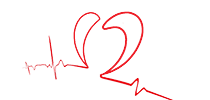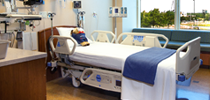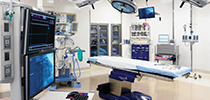What is a Clinical Trial?
A clinical trial, also sometimes called a clinical study or a research study, is a study conducted with human volunteers to answer specific health questions. Carefully conducted clinical trials are the safest and fastest way to find treatments that work in people. These studies test potential treatments in human volunteers to see whether they should be approved for wider use in the general population.
There are different kinds of clinical trials, including those that study:
- Prevention options
- New treatments or new ways to use existing treatments
- New screening and diagnostic techniques
- Options for improving the quality of life for people who have serious medical conditions
- Identifying causes of an illness
- Studying trends
- Evaluating ways in which genetics may be related to an illness
When new treatments are being researched, often they take the form of a:
- Drug
- Medical device
- Biologic (such as a vaccine, or a gene therapy)
What is the FDA’s role in approving new drugs and medical treatments?
The FDA makes sure medical treatments are safe and effective for people to use. They do not develop new therapies or conduct clinical trials themselves, but oversee the people who do. FDA staff meets with researchers and performs inspections of clinical trial study sites to protect the rights of patients and to verify the quality and integrity of study data.
The Clinical Trial Process
Drugs go through “Phases”
There are different steps of progression in clinical trials called “phases.” Each phase is designed to answer a separate research question.
- Phase I: Researchers test a new drug or treatment in a small group of people for the first time to evaluate its safety, determine a safe dosage range, and identify side effects.
- Phase II: The drug or treatment is given to a larger group of people to see if it is effective and to further evaluate its safety.
- Phase III: The drug or treatment is given to large groups of people to confirm its effectiveness, monitor side effects, compare it to commonly used treatments, and collect information that will allow the drug or treatment to be used safely.
- Phase IV: Studies are done after the drug or treatment has been marketed to gather information on the drug's effect in various populations and any side effects associated with long-term use.
Medical Devices
Medical devices vary greatly in design, complexity and function. They can be as simple and common as a Band-Aid or they can be very complex devices such as pacemakers, stents or replacement heart valves. Compared with the clinical trial process for drugs, medical devices can go through a very different or a fairly similar path to market approval based on the type of device and the potential risks it poses to those who would use it.
Whether a medical device goes through a clinical trial at all depends on the uniqueness of the device when compared with other existing products on the market, and the potential risk of the device to its patients. The FDA will typically not require a new generic version of a Band-Aid to go through a clinical research study before approving it for general use by the public—should it not function properly, there is little safety risk to its user. In contrast, more complex devices such as pacemakers or new heart valves could potentially pose more significant safety risks to patients. It is these potentially medium- and high-risk devices that are typically required by the FDA to go through the clinical trial process in order to gather evidence of their safety to patients.
Where can I find cardiovascular clinical trials?
One good way to find out if there are any clinical trials that might help you is to ask your doctor. Also, the internet is always a great place to search for information. The following websites can be very useful resources for those searching to learn about a clinical trial’s purpose, who can participate, locations for participants and who to contact for more information.




